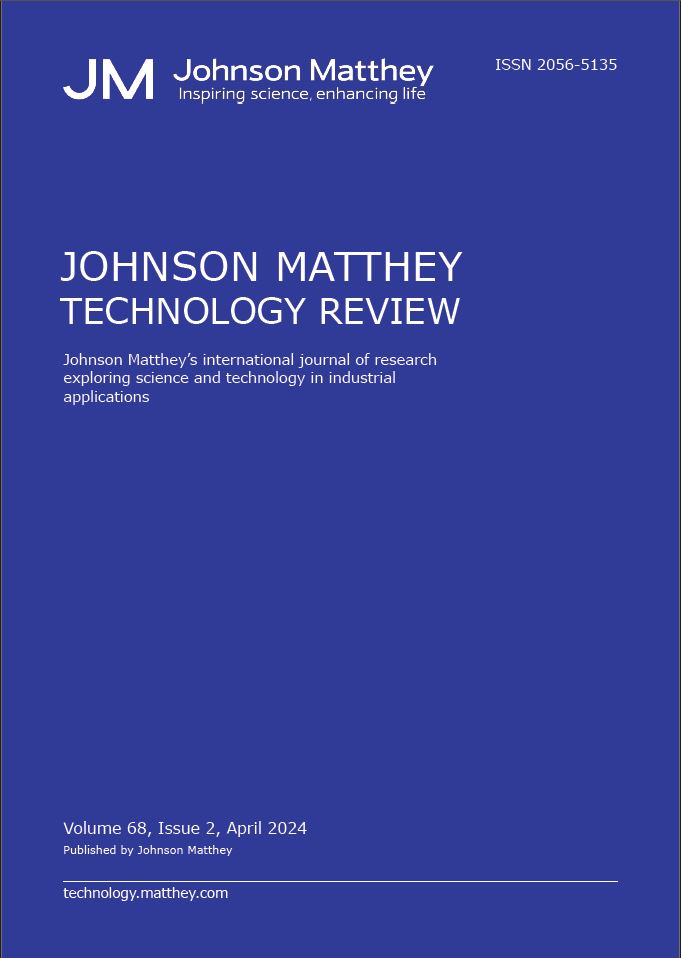
-
oa Magnetron Sputtering of Antibacterial and Antifungal Ta-Cu and Nb-Cu Coatings on 3D-Printed Porous Titanium Alloy Scaffolds
-
-
- 21 Feb 2024
- 30 Apr 2024
- 14 May 2024
- 15 May 2024
Abstract
This study evaluates the antimicrobial efficacy of Ta-Cu and Nb-Cu coatings, applied via magnetron sputtering on 3D-printed porous Ti6Al4V alloy scaffolds and gas-abrasive treated Ti6Al4V alloy, against Staphylococcus aureus and Candida albicans. Scanning electron microscopy with energy-dispersive X-ray analysis verified the application of coatings with 25 wt.% Cu, at thicknesses of 2 μm and 10 μm, to scaffolds (72% porosity) and roughened Ti6Al4V alloy (mean areal roughness of 4.6±1 µm). Thicker coatings showed superior antimicrobial activity; however, thin Nb-Cu coatings and uncoated alloy did not exhibit inhibitory effects. The release dynamics of Cu ions from Ta-Cu coatings into physiological solution, analysed over three days via inductively coupled plasma mass spectrometry, matched the inhibition zone growth. These findings support the potential of these coatings in developing endoprosthesis implants with enhanced antimicrobial properties.

